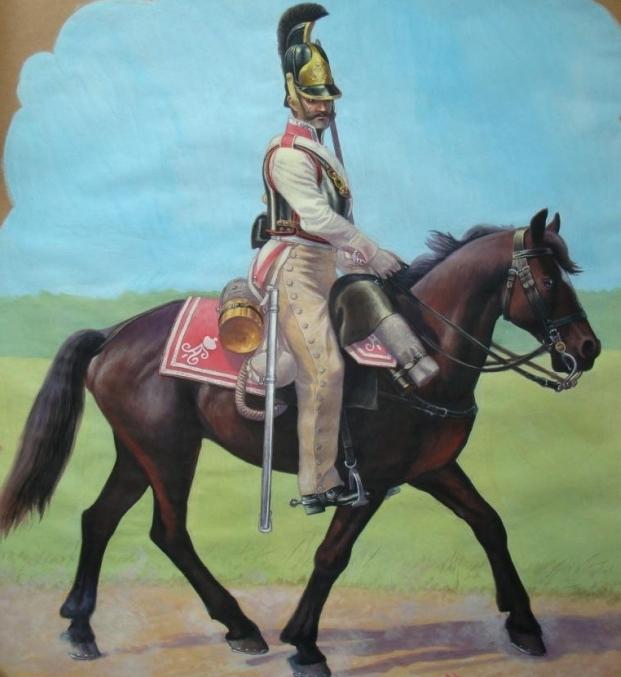Not knowing what the meaning of the words "redoubt", "ulans", "dragoons", "cuirassiers" or "infantry" is, it is difficult to read the immortal novel of L.N. Tolstoy "War and Peace." All the time you have to turn to notes and footnotes, and this is tiring. It is clear that we are talking about military terms that mean the types of troops adopted at that time, but which ones are best known in advance before the first page of this wonderful book is opened. So who are ulans and dragoons, and what is the difference between them? Why does the expression "huss" mean to show courage and pressure, but, say, the words "drag or lanch" not at all?

The modern army of any country has its own military uniform, both field and full dress, insignia and a system of military ranks. The types of troops and their branches are diverse. The armed forces may not have a fleet or strategic aviation, and not every state has strategic missile forces, let alone space units. But two hundred years ago, paratroopers, pilots and tankers did not exist, but the meaning of the words “hussar”, “ulan”, “dragoons” or “cuirassier” was clear to everyone.
Anyone who is interested in the history of their country or at least watches movies on the subject of the Napoleonic wars, in order to understand what is being discussed in this or that part of the story, you need to know who such ulans and dragoons, grenadiers, hussars and cuirassiers are and what they are are different. Watching a film about the Patriotic War of 1812, not understanding the structure of the then Russian army, is about the same as trying to understand the events of World War II, not knowing how the pilot differs from the gunner.

At the beginning of the nineteenth century, the concept of camouflage, and simply protective camouflage, did not exist. Only at the turn of the twentieth century did the English expeditionary force in South Africa begin to supply khaki uniforms, which they invented at that time. During the Napoleonic invasion and the Russo-Turkish war, the armies of all countries, including Russia, dressed their military men in bright uniforms, the colors of which could distinguish what kind of troops a particular soldier or officer belongs to. The hats were also different, so that you could immediately understand who these ulans and dragoons are.

Belonging to one or another part was a matter of pride, however, as now. On epaulettes, the names of the regiments were indicated by letters. In general, according to modern concepts, the regime of secrecy and stealth was almost completely ignored. However, given the level of communications and the relatively low mobility of the troops, as well as the fact that the state of this issue among the opponents was approximately symmetrical, this did not affect the outcome of each military campaign.
So, the question of who are the ulans and dragoons can be answered unambiguously - light cavalrymen, in contrast to heavy and cuirassiers protected by metal breastplates (cuirasses). The difference was both in the form of clothing and in relation to horses. For the hussars, the horse was a means of warfare, they carried out mounted saber attacks. Dragoons on horses could move, that is, they used them as vehicles, but if there was a need, they acted both on foot and on horseback. Accordingly, the Russian lancers wore blue uniforms, and the hussars wore red doloman with gold string embroidery, which gave them a particularly aggressive, offensive part of the army. The service in the light attacking cavalry, which serves as a kind of "spearhead" and is constantly at the forefront, formed in these military men a special type of character, which is characterized by a habit of risk and contempt for danger. Hence the expression "huss", meaning fearlessness and dare, put at the service of the Fatherland. There is reason to hope that such a military has not survived today.